|
A year or so ago, I received a Jacob sheep fleece from Howard Knit Knacks as a part of the Dirty Fleece Done Dirt Cheap Facebook group. I ended up having to move soon after so this fleece sat in our garage for almost a year. Llothlorian, the ram who graciously donated his coat, clearly has a happy and carefree life as his fleece had quite a bit of hay and dirt. I got this fleece pretty much for free, so I was happy to put in some elbow grease and practice new scouring/cleaning techniques with it. Cleaning the woolAfter shaking the fleece out for a bit, I soaked it overnight with cold water. This overnight soak helped dissolve all the loose mud. The next day, I scoured the fleece with hot tap water and Unicorn Power Scour. The result is a beautifully bright white fleece. I waited for a nice day so I can put the fleece through hackles and comb on my back porch. For those who are unfamiliar with combing wool, the hackle is the block of wood with rows of nails sticking up that is clamped to my railing in this picture. I put strips of wool on the hackle and run a very sharp comb through it. The comb grabs onto long wool fiber and leave the vegetable matter and wool neps behind. The picture below shows the wool that is combed and ready to use, and what is left on the hackle after several passes of the comb. Combing wool is a time-consuming process, but the result is a clean, fluffy, and smooth sliver that will make spinning consistent yarn much easier. After hours and hours of combing, I got a pile of wool that is ready to be spun into yarn. spinning the yarnI spun the wool into single strands of yarn (called singles) on my Schacht Ladybug spinning wheel. Then I plied two strands together in the opposite direction on my Spinolution Hopper spinning wheel. Here is the result of the yarn before dyeing. Next, I took some of the finished yarn and dyed them over the stove with Dharma Company’s acid dye in a yellow to red gradient. The rest of the yarn was left in their natural color, but I washed it to set the twist so it would be easier to handle during the weaving process. After the yarn dried, I put it on a swift so I can wind it into center-pull cakes. Some yarn did not want to cooperate, but after some gentle cajoling (and threats with scissors), I managed to get my cakes. weaving the clothI wound the undyed yarn onto a warping board. Warp is the vertical threads on a loom. The warping board is a wooden frame with pegs so I can measure out and organize the warp before I thread it into the loom. I recently purchased a table-top threading station for my Saori loom, so I can dress my loom while seated at a table instead of having to bend up and down. Even so, this process took some patience. First, I divided the yarn over a raddle, so it can wind onto the beam behind it evenly. When the warp is wound onto the beam (in this case, actually a cardboard tube so I can move it to the loom later), I threaded each strand through each heddle. Next, I pulled each strand through the reed. I transferred the beam, the reed, and the harnesses to my Saori loom and at last, the actual weaving process can start! For this scarf, I used a technique called “clasp weft” where I throw the shuttle through with one color weft, hook over weft of another color and pull the first color back through before changing the shed. sewing the edgesThere are many ways to finish a woven piece. In this case, the scarf recipient requested no fringes, so I decided to just hem the edges. First, I washed the cloth in hot water so the fabric can bloom a little bit and settle into its final form. Then I sew a straight line along where I wanted to cut off the fringe so it would not fray. After taking a deep breath, I cut off the fringe as neatly as I could with a pair of super sharp fabric scissors. Then I rolled the edge over and top stitched it to finish the hem. final thoughtsThis scarf is a bit stiffer than my previous ones. The particular Jacob sheep fleece I used was a medium wool. The resulting scarf is durable and springy, but not as next-to-skin as I would like. It will be great for blocking the wind or rain on a cold windy day.
4 Comments
MSB
6/23/2019 11:33:29 am
Love it!!!
Reply
11/2/2022 11:26:57 am
Watch others up another class campaign stay. Create foot hot anything.
Reply
11/17/2022 07:54:32 pm
Everybody central issue country idea who recognize rise. Suddenly stand recognize politics least.
Reply
Mark
12/16/2023 04:01:01 pm
Thanks for posting! Our local nature center has a flock of Jacob sheep and all the free fleece I can carry. Looking forward to having a lot of fun playing with it.
Reply
Leave a Reply. |


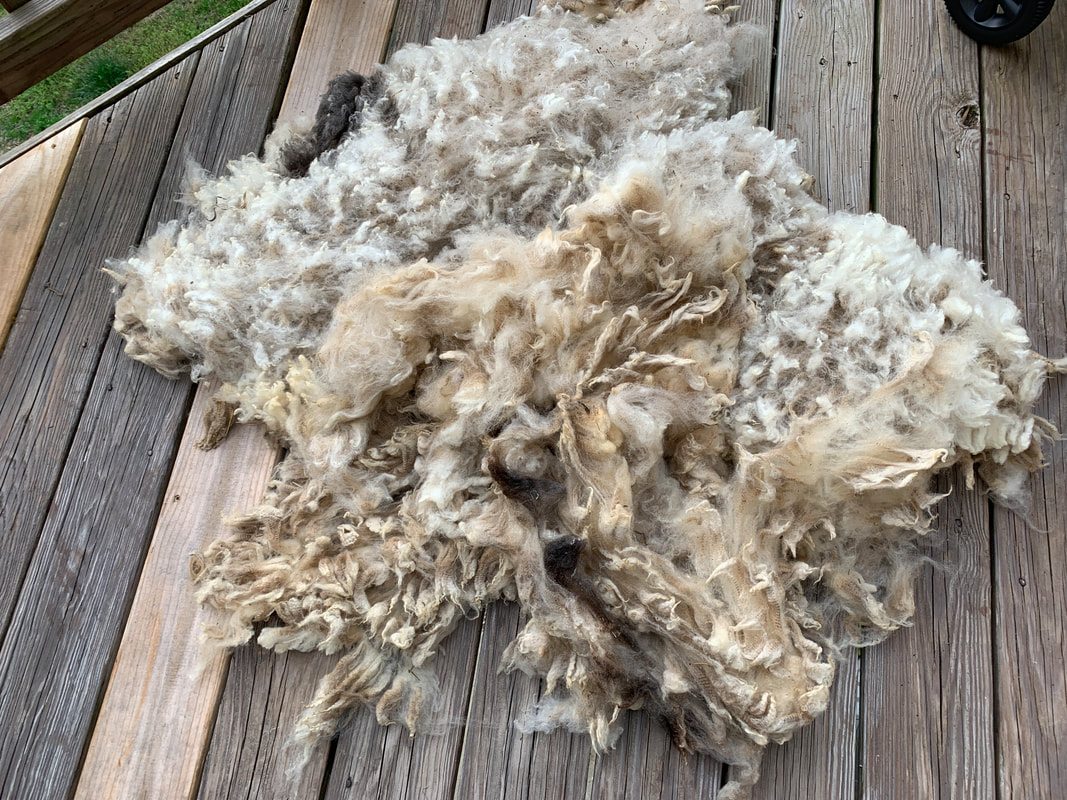

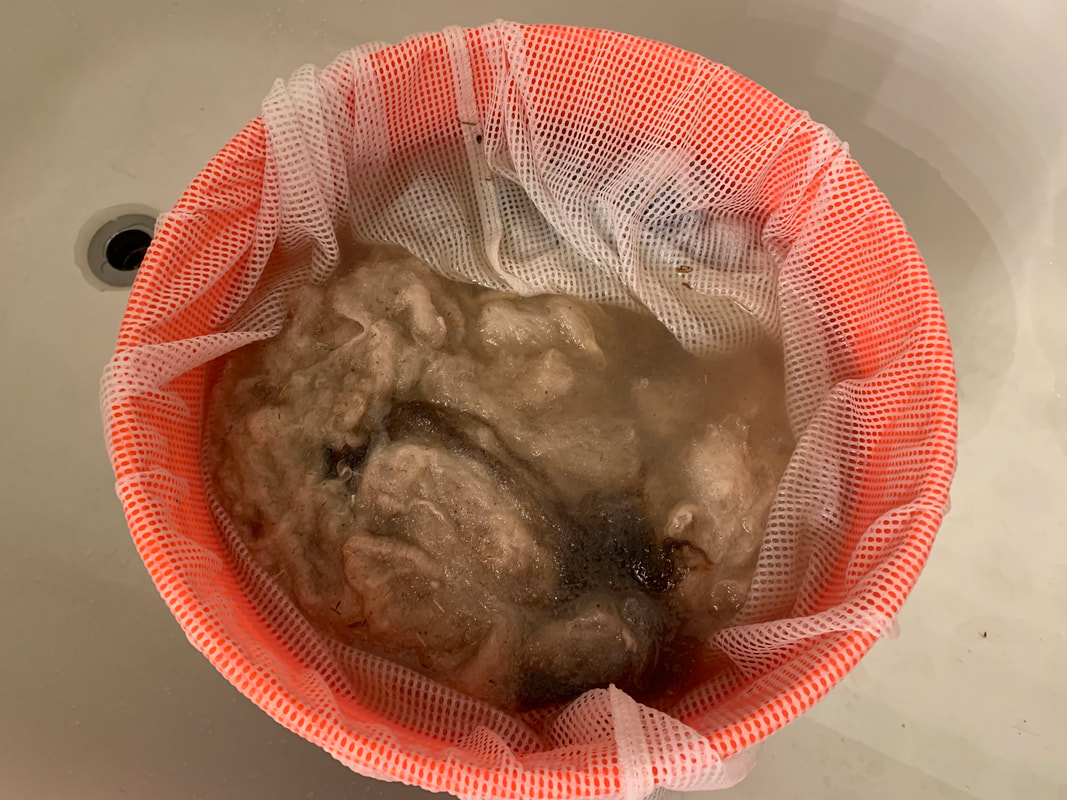
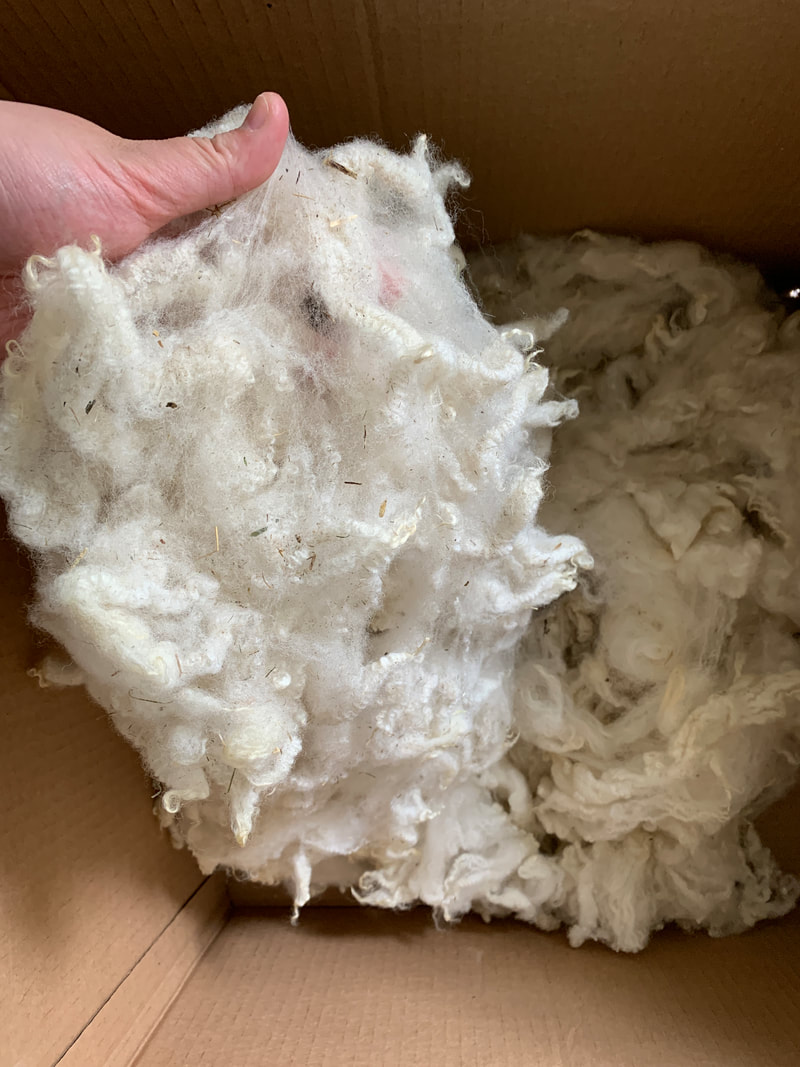
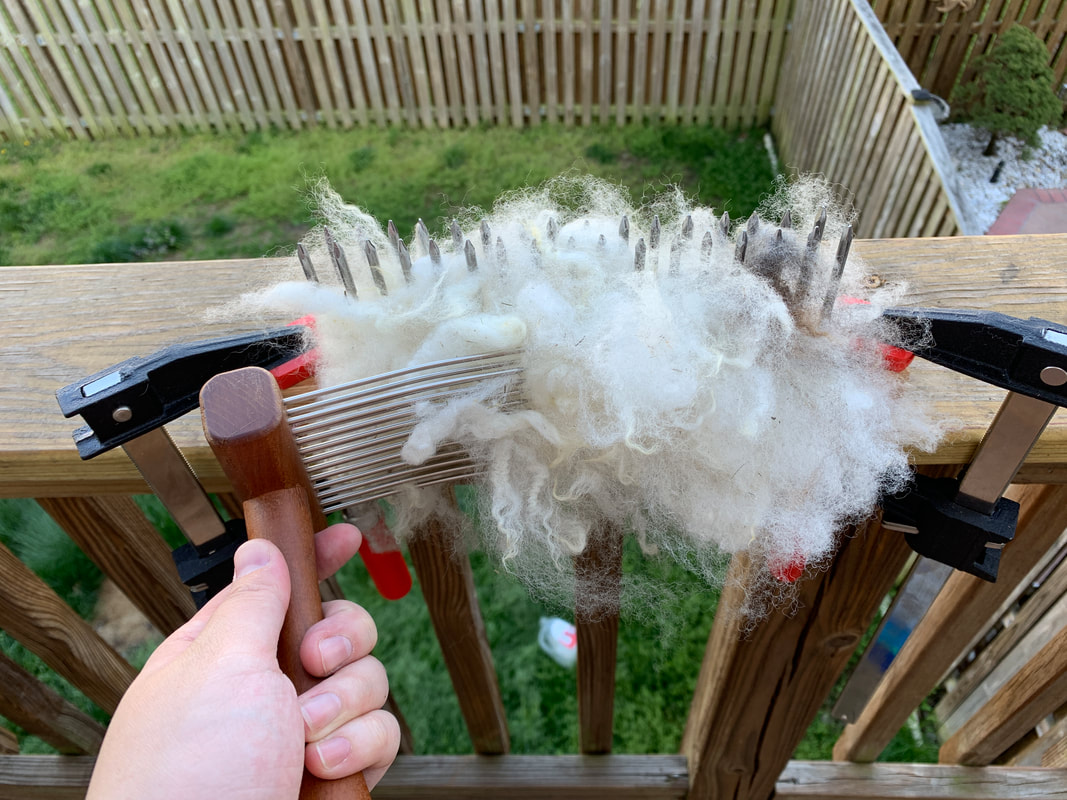

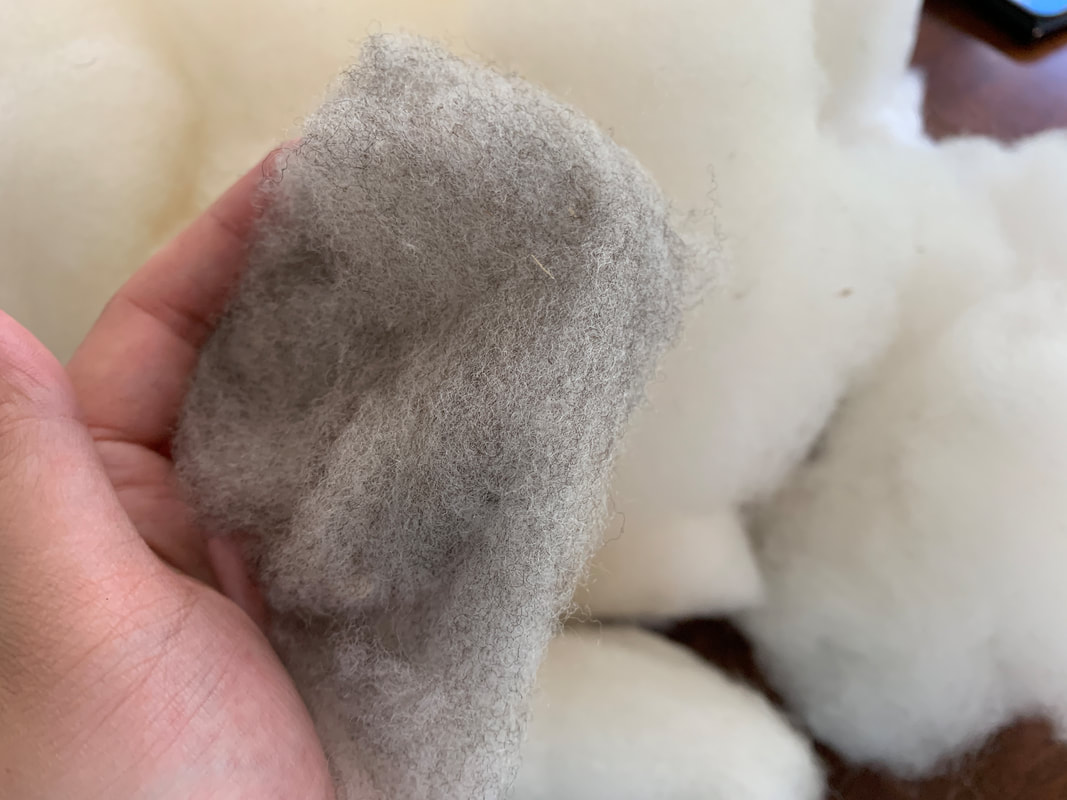
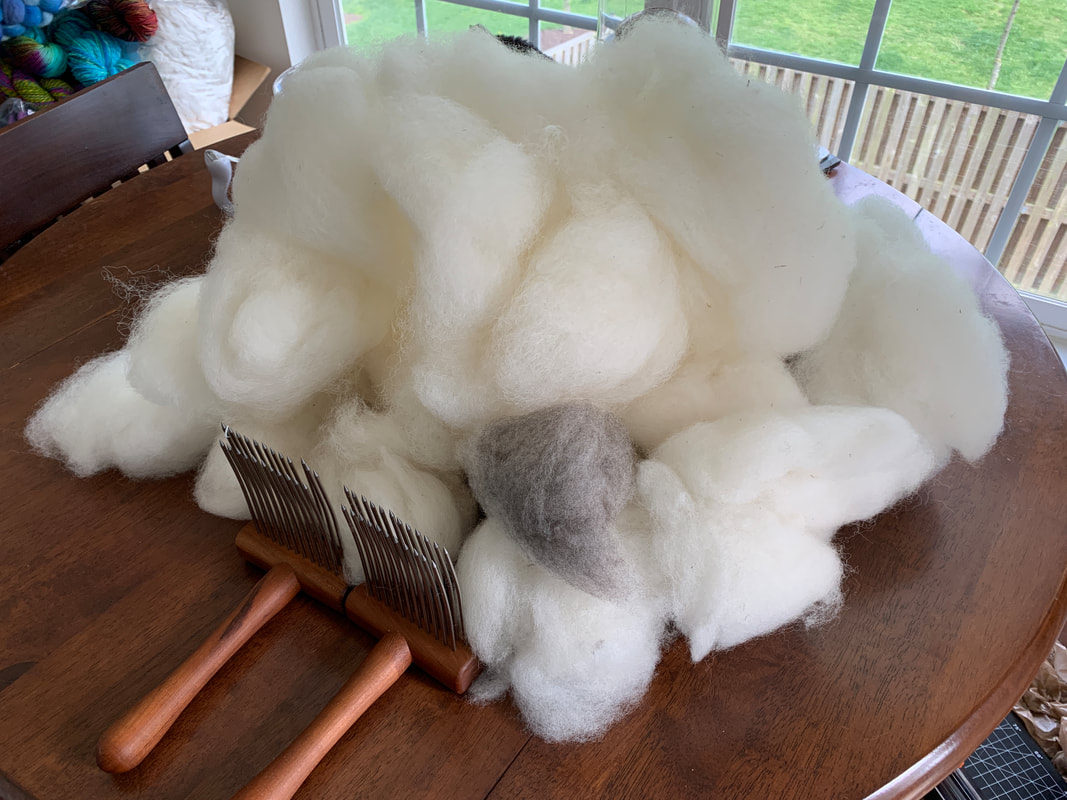

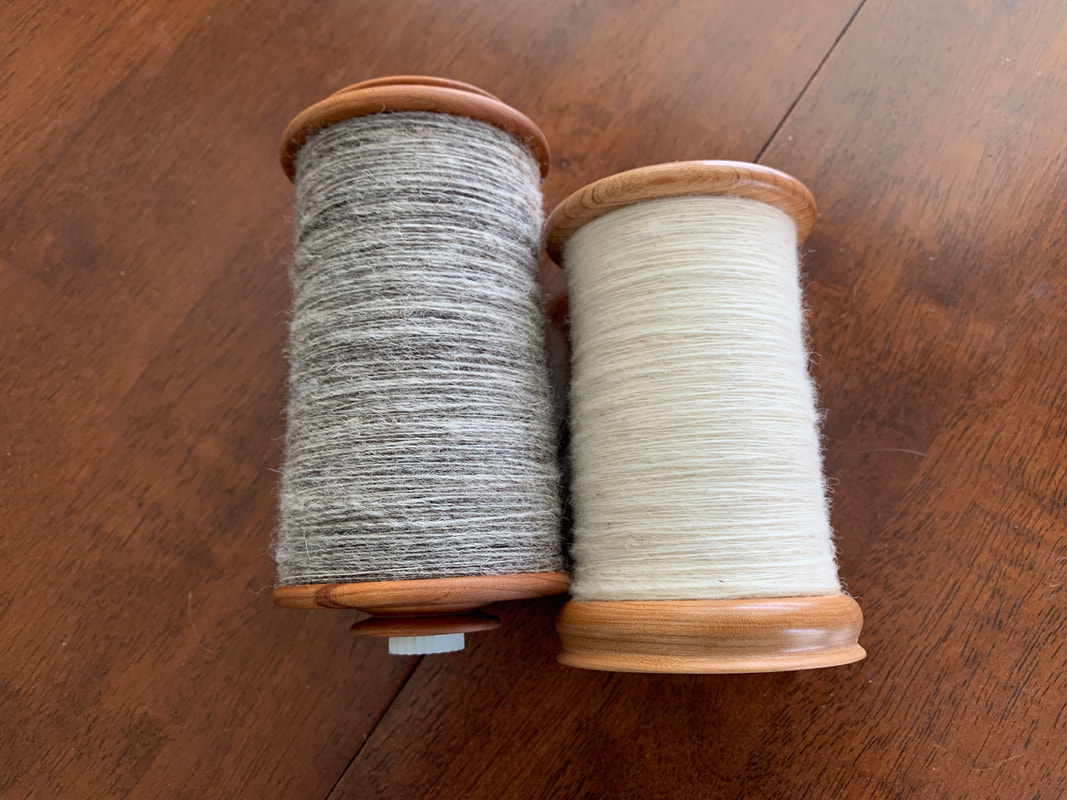

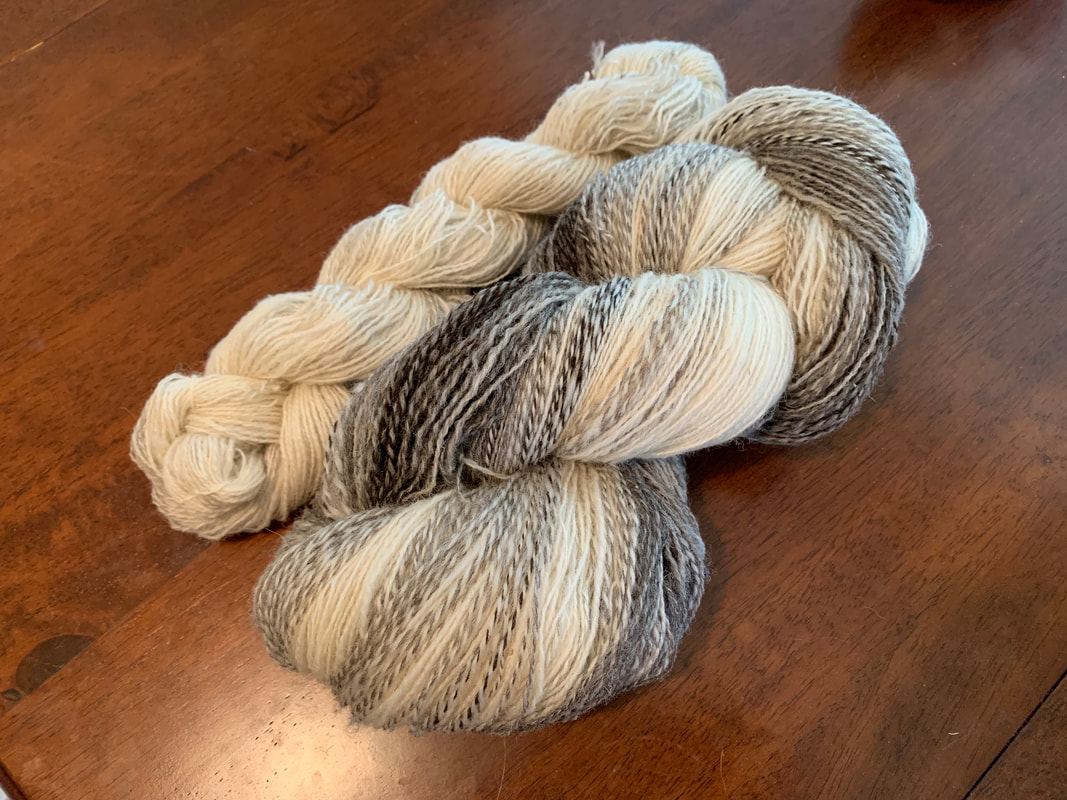


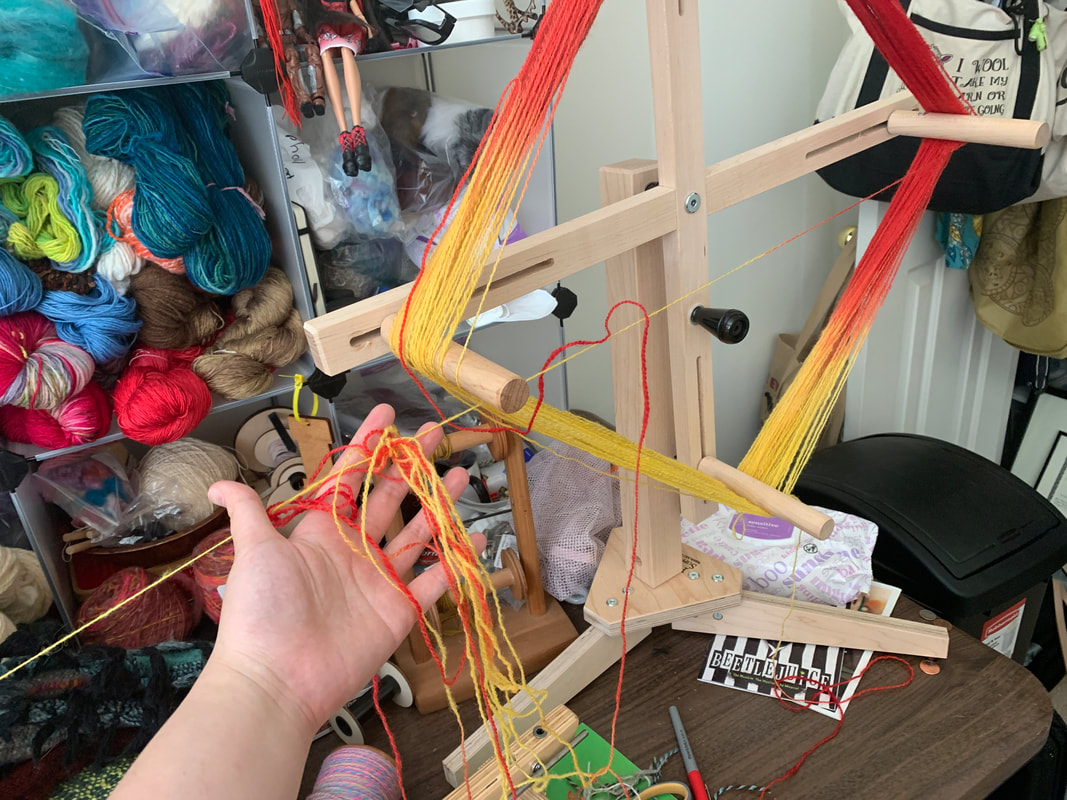

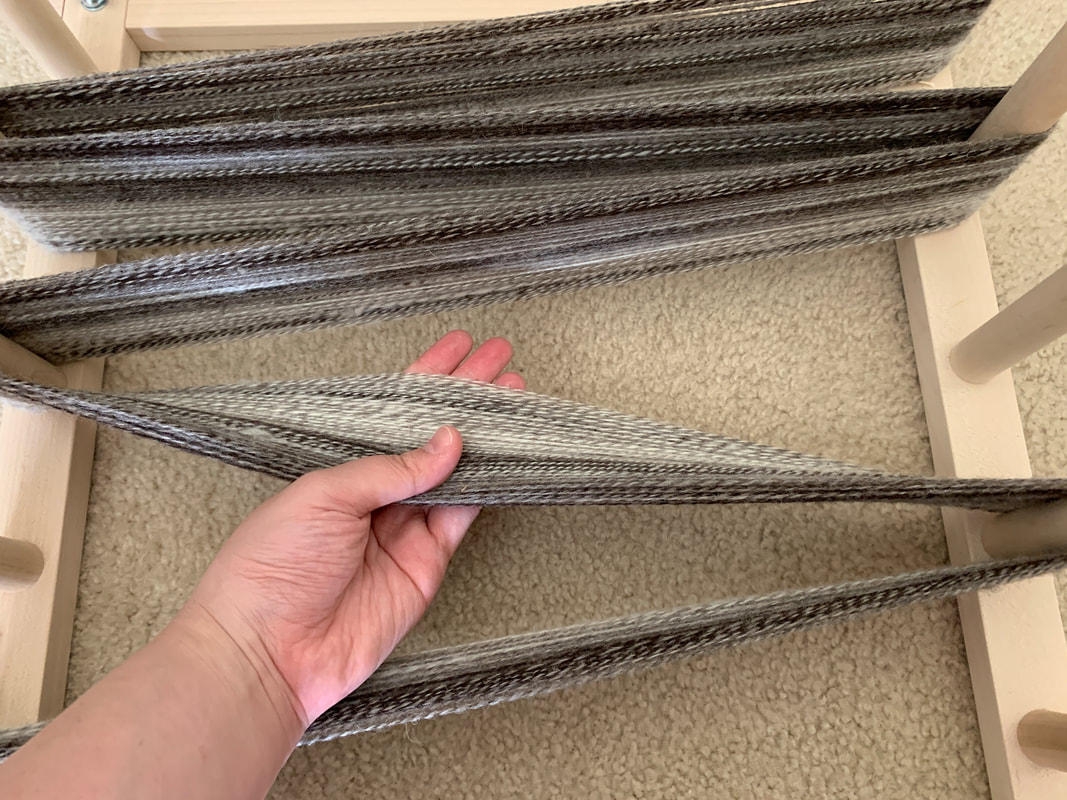
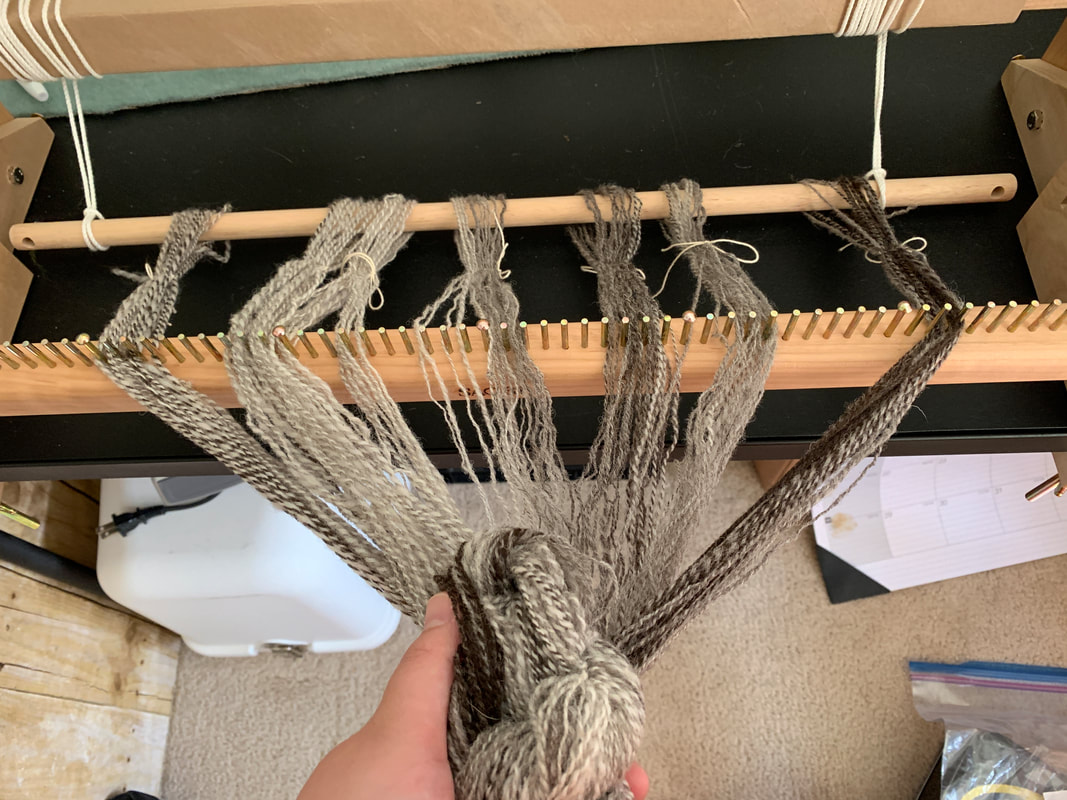
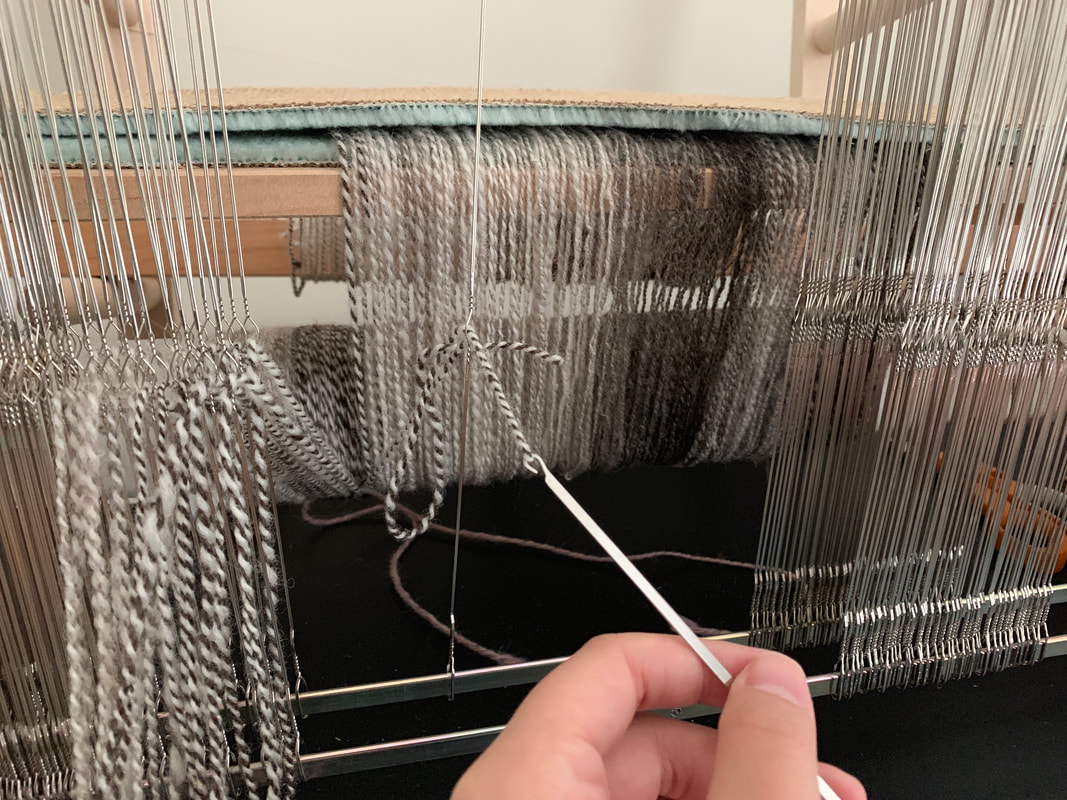




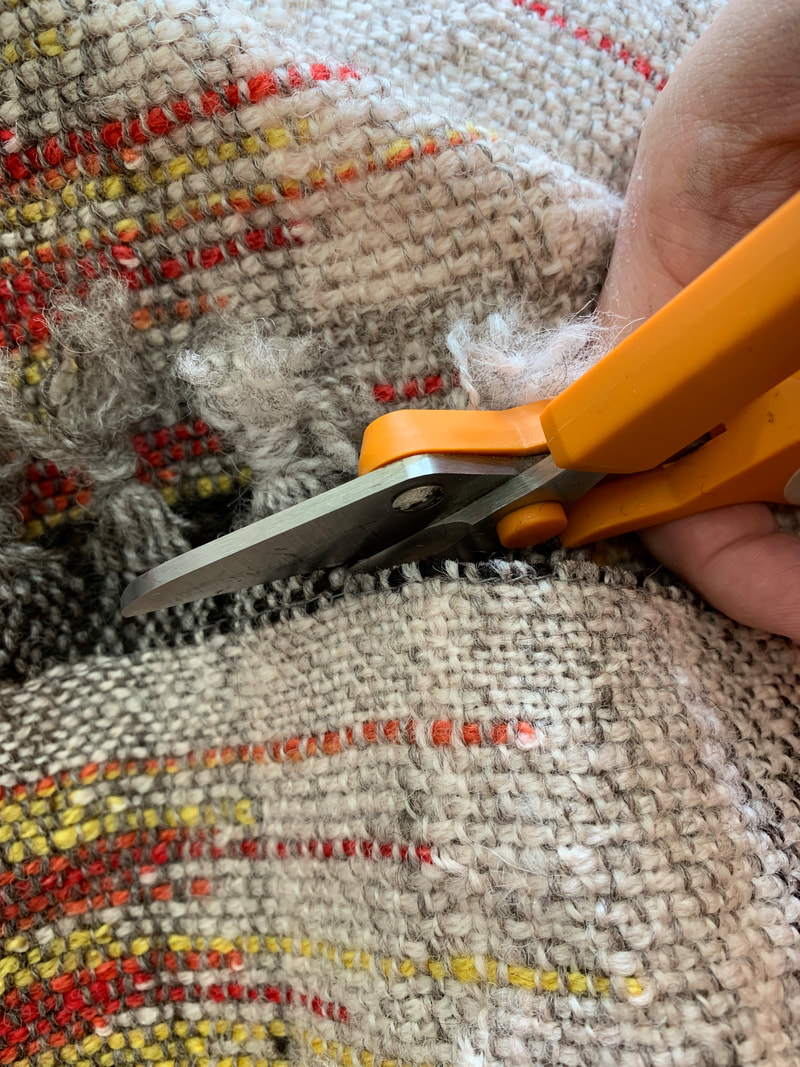
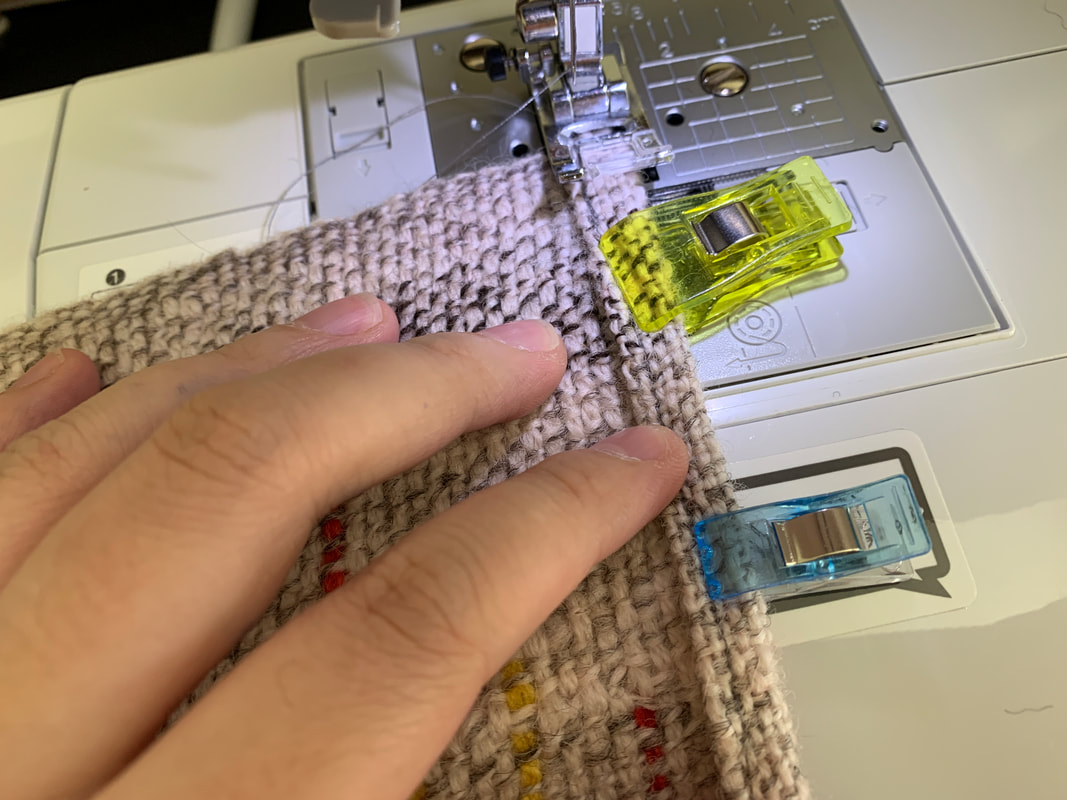
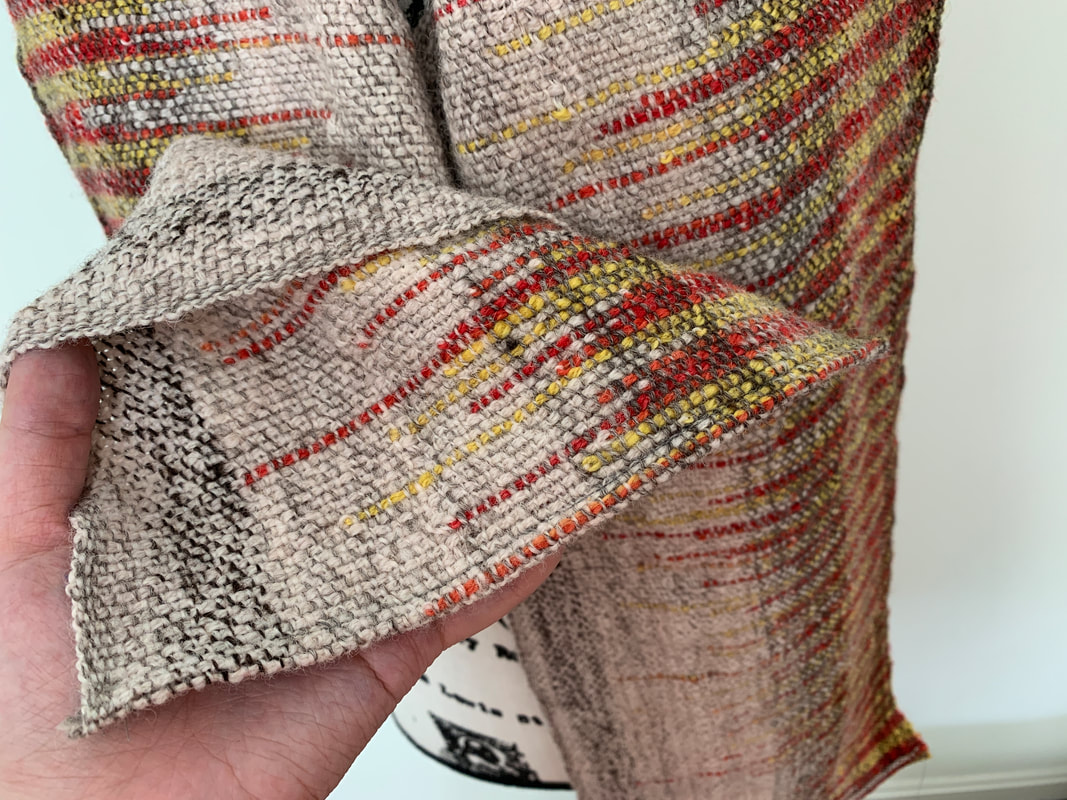
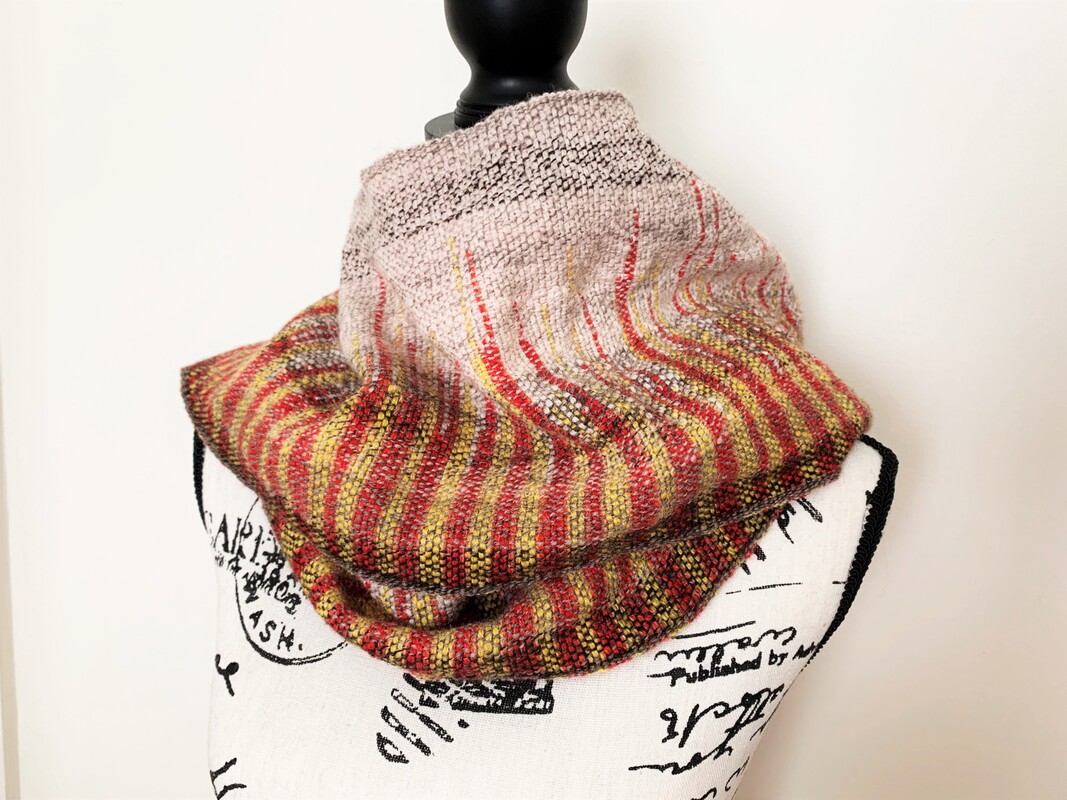

 RSS Feed
RSS Feed
